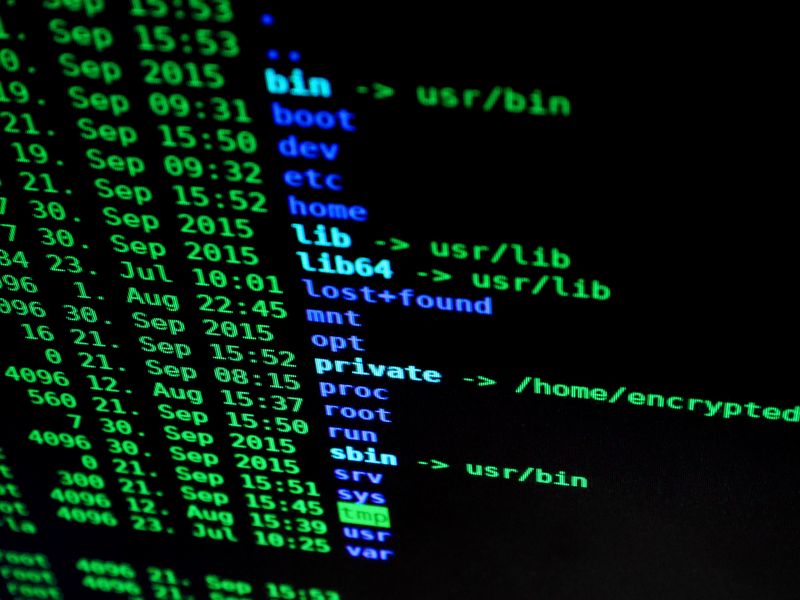Securing Sensitive Accounts: Learn PAM Security Strategies
Introduction
In today’s digital age, where information is at the heart of all operations, the security of sensitive accounts has become a critical concern. With the constant threat of cyberattacks and intelligence leaks, businesses and individuals alike must adopt innovative strategies to protect their valuable data. Privileged Access Management (PAM) is one such approach that can help overcome PAM challenges and safeguard sensitive accounts. This article will delve into the importance of PAM, discuss the current landscape of cybersecurity, explore countermeasures for data protection, and provide advice for risk management.
The Growing Importance of PAM
Privileged accounts, which grant access to critical systems and resources, are particularly vulnerable targets for cybercriminals. These accounts hold the keys to sensitive information and can potentially cause significant damage if compromised. As a result, organizations are recognizing the need for enhanced security measures, such as PAM, to protect these crucial accounts.
PAM refers to the set of policies, tools, and technologies that control and monitor privileged access within an organization. It allows for granular control over who can use privileged accounts, restricts their capabilities, and monitors all privileged activities. By implementing PAM, organizations can mitigate the risk associated with privileged accounts by enforcing strong authentication, limiting privileges, and detecting suspicious behavior.
The Current Landscape of Cybersecurity
The landscape of cybersecurity is continuously evolving as cybercriminals develop sophisticated methods to breach sensitive accounts. Intelligence leaks, data breaches, and privacy concerns have compelled businesses and individuals to reevaluate their security strategies and invest in robust cybersecurity measures.
With the increasing reliance on technology and interconnected systems, the attack surface has expanded, offering more potential entry points for cybercriminals. From phishing attacks to ransomware, hackers utilize a range of techniques to exploit vulnerabilities and gain unauthorized access to sensitive information.
The Need for Countermeasures
In response to the growing threats, organizations must adopt comprehensive countermeasures to protect their sensitive accounts. Some measures include:
1. Strong Authentication: Implementing multi-factor authentication (MFA) can significantly enhance security by requiring multiple forms of verification, such as passwords, biometrics, or security tokens. This reduces the likelihood of unauthorized access even if one factor is compromised.
2. Least Privilege Access: Restricting privileges to only those necessary for employees to perform their designated tasks minimizes the potential damage in the event of a breach. Granting excessive access rights increases the attack surface and exposes sensitive accounts to greater risk.
3. Monitoring and Auditing: Regularly monitoring privileged activities and conducting audits is crucial for detecting and preventing unauthorized access. Real-time alerts and analysis of access patterns can help identify suspicious behavior before it escalates.
4. Encryption and Data Protection: Ensuring encryption of sensitive data both at rest and in transit provides an additional layer of protection against unauthorized access. Employing strong encryption algorithms and secure communication channels mitigates the risk of data breaches.
Risk Management and Advice
While implementing PAM and other security measures serves as a strong defense against cyber threats, risk management remains an ongoing process. Organizations should continuously reassess their security protocols, stay updated on emerging threats, and adapt their strategies accordingly.
Additionally, individuals also have a role to play in ensuring the security of their sensitive accounts. It is essential to prioritize password hygiene by using strong, unique passwords for each account and regularly updating them. Employing password managers can simplify this process while maintaining a strong level of security.
Furthermore, individuals must remain vigilant against phishing attempts and exercise caution when sharing sensitive information online. Verifying the authenticity of requests and refraining from clicking on suspicious links or downloading unknown attachments can prevent falling victim to cyberattacks.
In conclusion,
safeguarding sensitive accounts is of paramount importance in today’s digital landscape. PAM security strategies offer a robust approach to protect privileged accounts from unauthorized access and mitigate the risk of data breaches. By implementing strong authentication, enforcing the principle of least privilege, and monitoring privileged activities, organizations can stay one step ahead of cybercriminals. However, it is crucial to recognize that cybersecurity is an ongoing effort that requires constant adaptation and vigilance to stay ahead of emerging threats. By adopting sound risk management practices and adopting safe online habits, both organizations and individuals can mitigate the risks associated with information security and protect their valuable assets.

<< photo by Pixabay >>
The image is for illustrative purposes only and does not depict the actual situation.
You might want to read !
- The Rising Threat: One-Third of Industrial Control Systems Left Exposed
- National Security and AI: Insights from Deputy Advisor Anne Neuberger
- Exploring the Revamped BloodHound: Unveiling the Community Edition
- Tesla Jailbreak: The Dark Side of In-Car Technology
- Salesforce’s Zero-Day Email Vulnerability Enables Phishing Attack on Facebook
- How Unified XDR and SIEM Solutions Can Revolutionize Security Alert Management
- AWS SSM Agent Misuse: Unveiling the Covert Remote Access Trojan Undetected
- The Rise of Virtual Warfare: How a Self-Spreading Worm Threatens Call of Duty Player Lobbies
- The Article – Exploring the Latest Smartphone Vulnerability Threat: User Location Tracking Danger
- Cyber Insurance: Debunking the Role in the Ransomware Epidemic
- Exploring the Key Strategies for Securing Enterprise Private 5G Networks
- Apple Strikes Back: New Rules to Combat Fingerprinting and Data Misuse
- The Dark Side of Telegram: How Illicit Networks Shake up Top Industries
- The Rise of the vCISO: Navigating the Growing Demand for Virtual Chief Information Security Officers
- The Undeniable Threat: Chinese Cyberspies Set their Sights on Industrial Organizations in Eastern Europe
- Reducing Security Debt in the Cloud: The Path to Enhanced Data Protection in a Digitally Connected World
- Cyber Pirates Set Their Sights on Russian and Serbian Targets
- The Unseen Threat: Exploring 8 Sizzling Cybersecurity Tales
- Forescout Revolutionizes Cyber Asset Risk Management with Quantitative Approach
- Why Modern CISOs Must Embrace the Winds of Change




